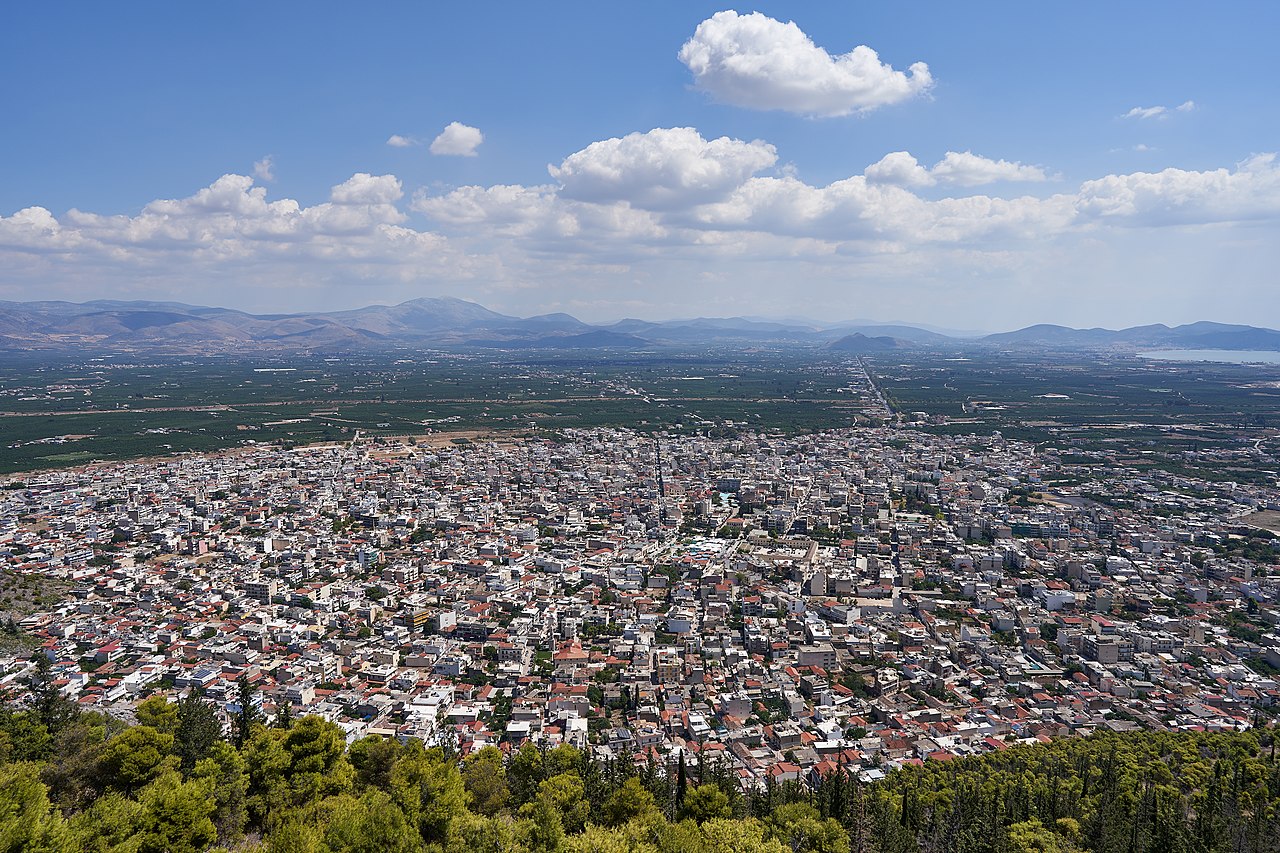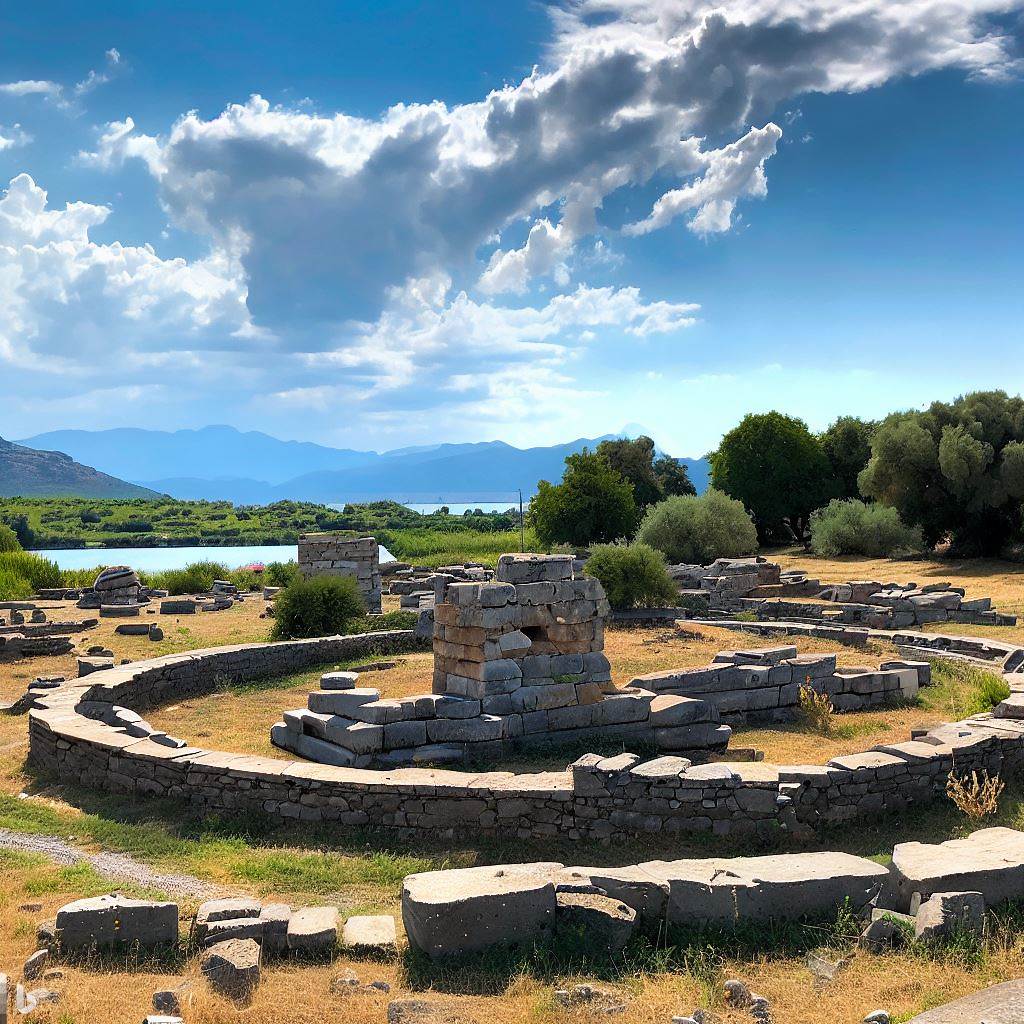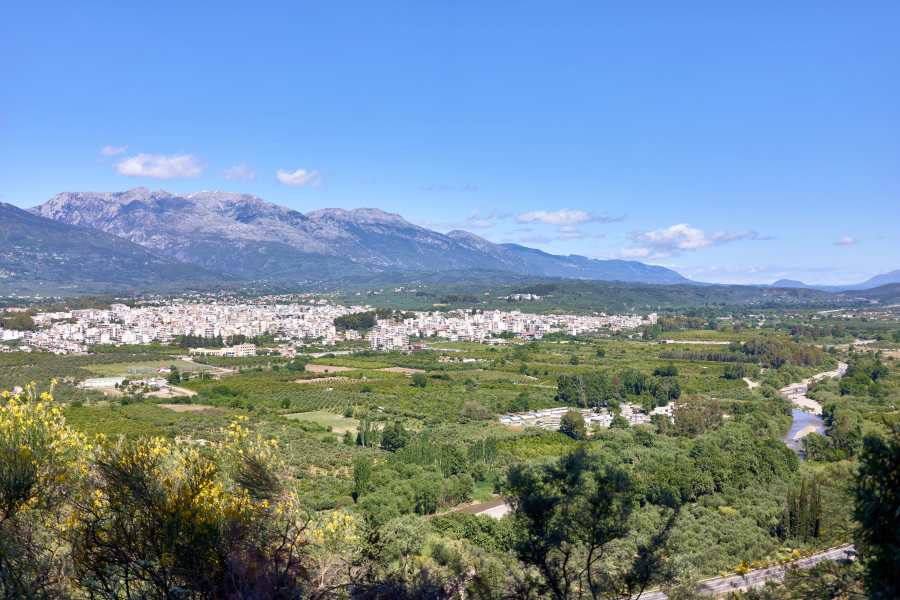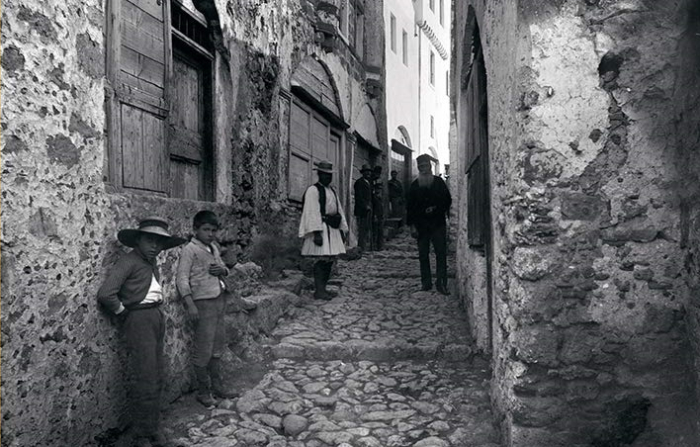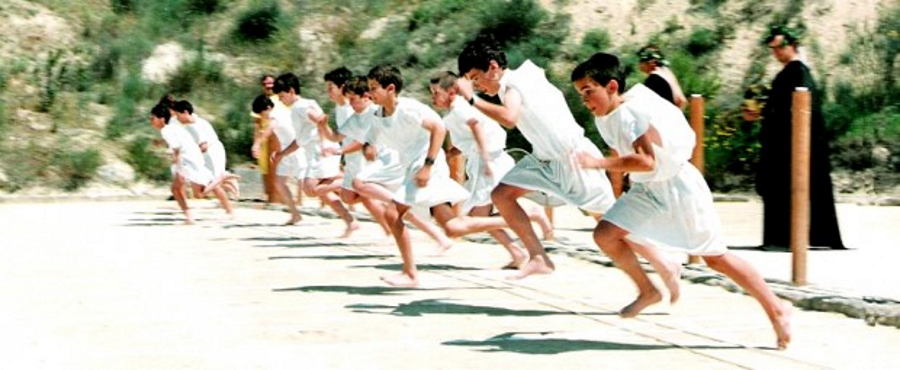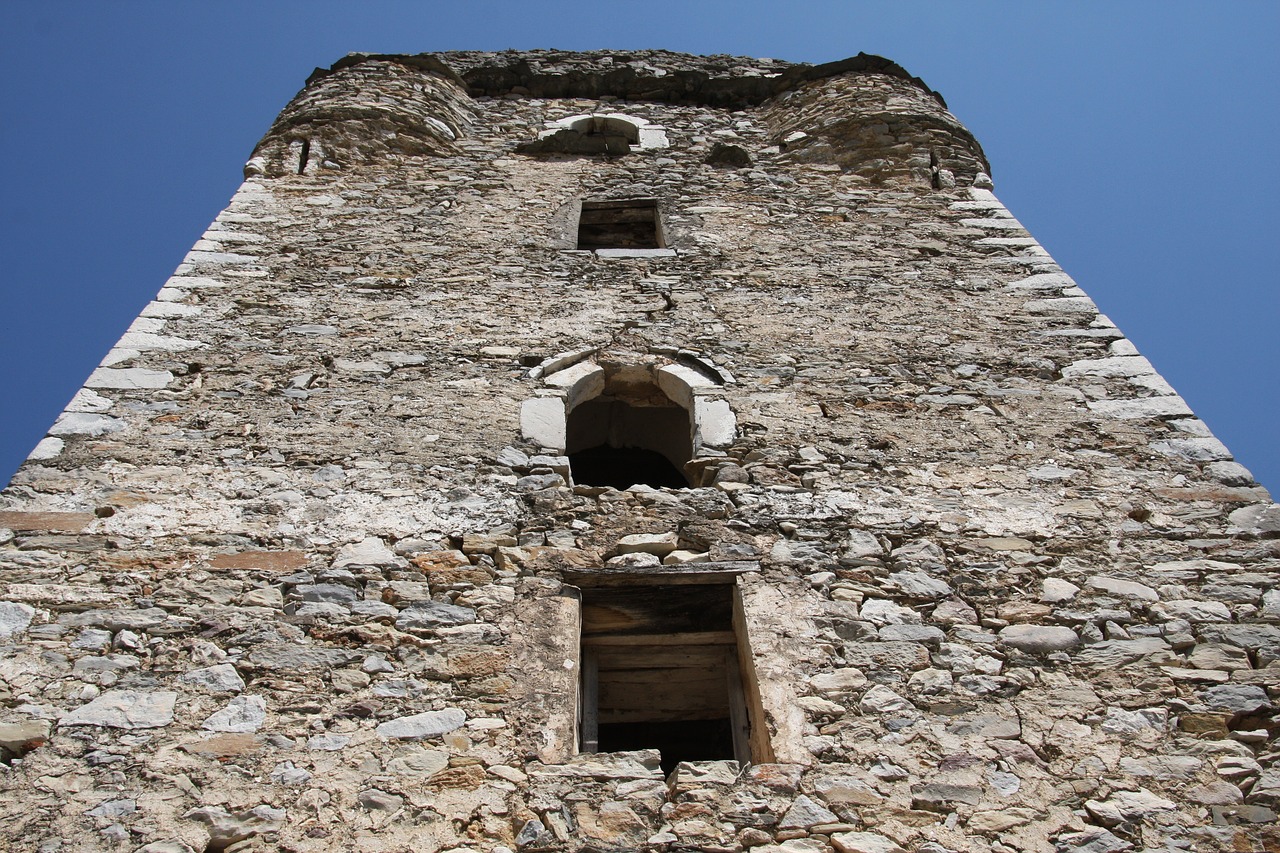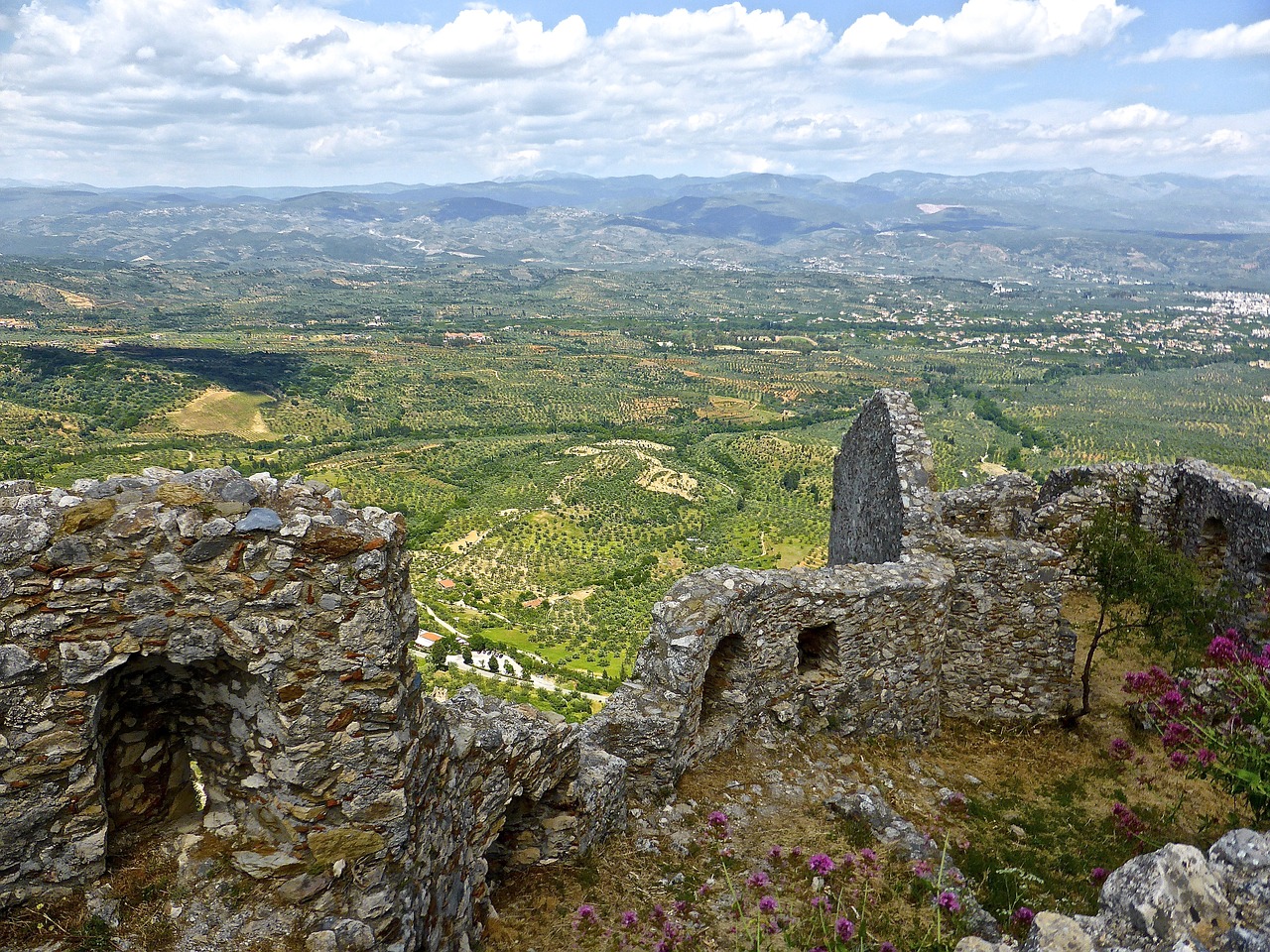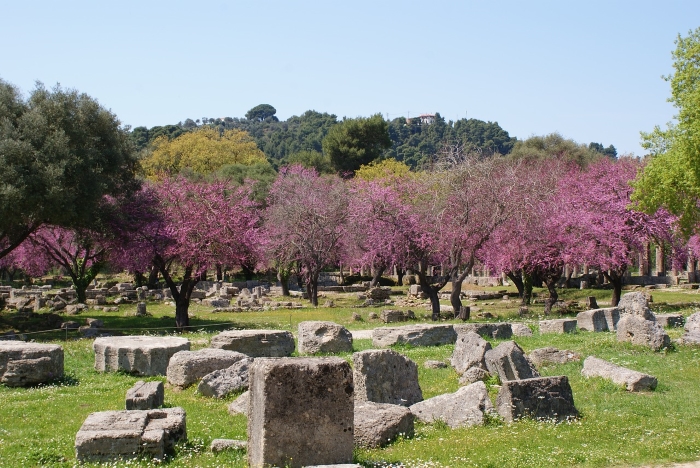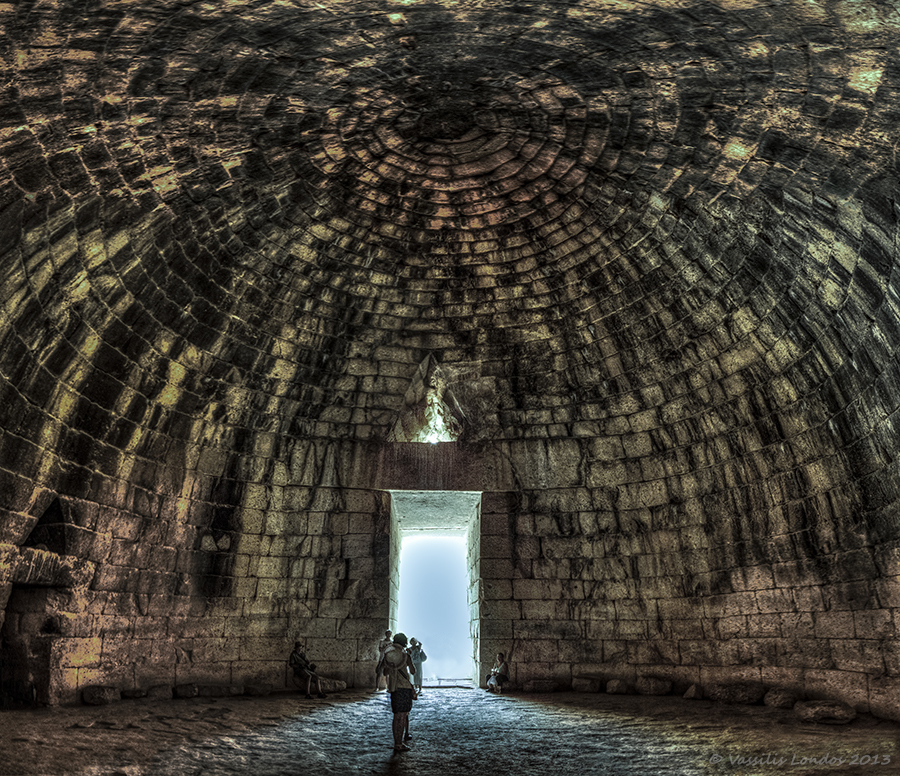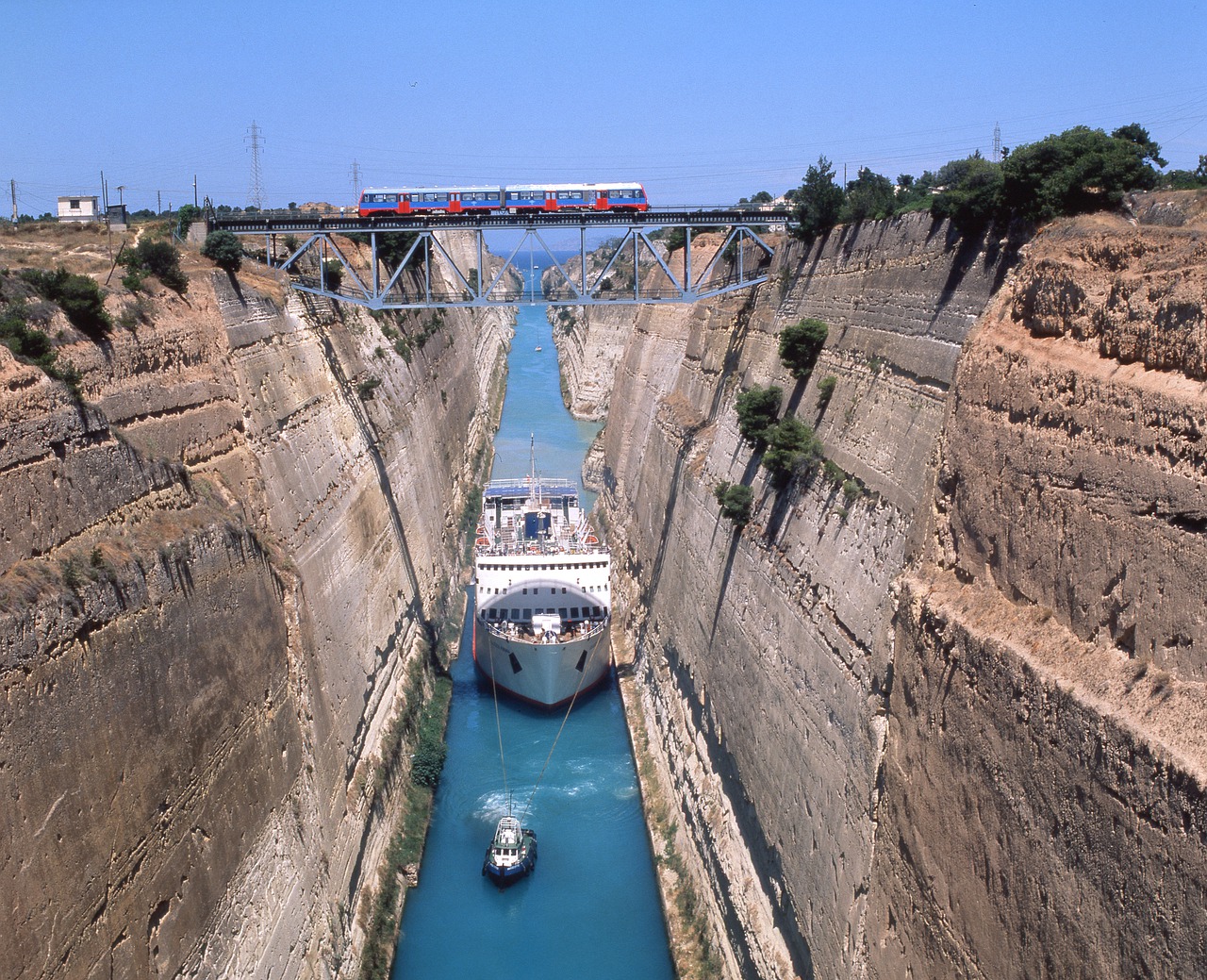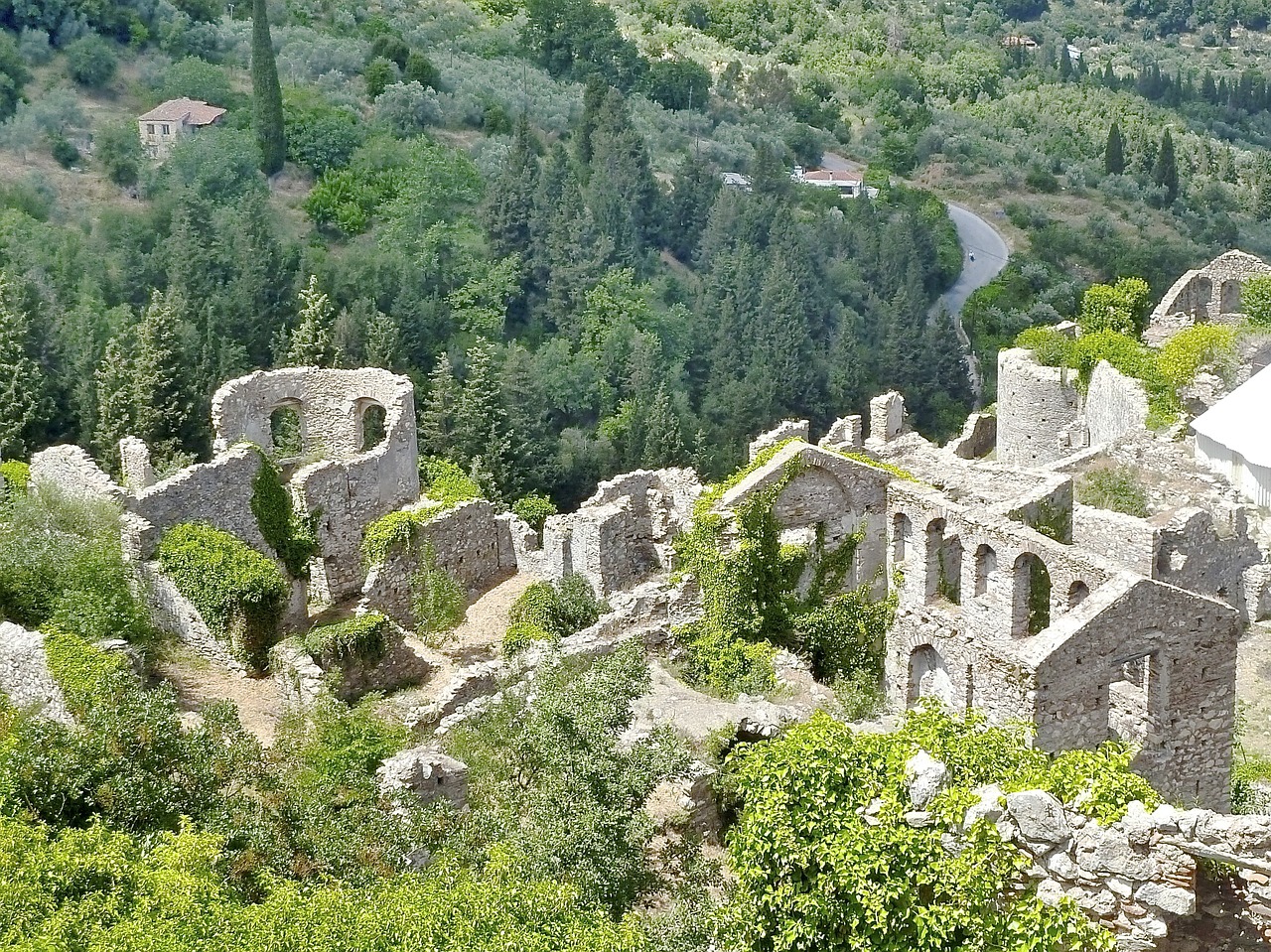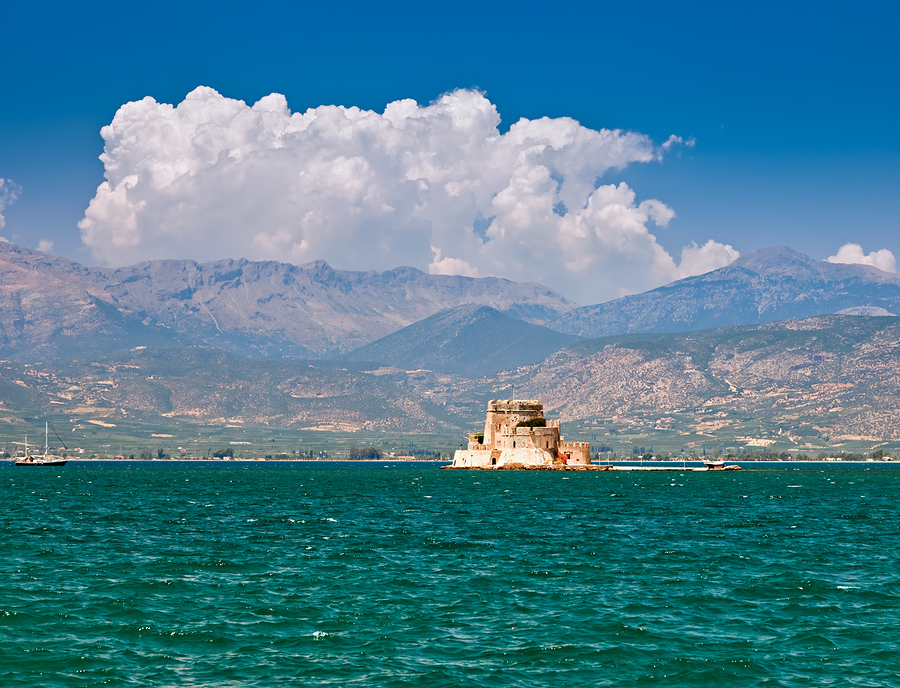- HOME
- Peloponnese
- The Temple of Bassae
The Temple of Bassae
The Temple of Bassae in Messenia in the Peloponnese of Greece is a UNESCO World Heritage Site and one of the most important archaeological sites in Greece.
The Temple of Bassae (or Vassae) is also known as the Temple of Apollo Epicurius. The name Bassae is an Ancient Greek word meaning 'the little vale in the rocks'. It was the first place in Greece to be included on UNESCO's list of World Heritage Sites, even ahead of the Acropolis.
Bassae is one of the least visited of the many important archaeological sites in the Peloponnese. It's in a remote setting in Messenia, about a 20-minute winding drive south of the mountain village of Andritsaina. It's a rugged part of the country, and visiting here is real Greek travel. We spent the night in Andritsaina and drove straight to the Temple of Bassae after breakfast the next morning. It is a truly remarkable place.
Andritsaina
Andritsaina is somewhere between a town and a village, with a population of about 2,000 people. Although it's not on the well-trodden tourist trail, it does have a few small hotels and tavernas. It's well worth a night's stay before or after visiting Bassae, for some hearty mountain food, and some great views.
Andritsaina stands at an elevation of 705 m (2,313 ft), with the Temple of Bassae even higher at 1,131 m (3,711 ft).
Visiting the Temple of Bassae
What's unusual about the temple is that it is considered so precious that a huge protective covering has been erected over it, to shield it from the elements, while excavation and conservation work is carried out. It's a very strange experience, as from the outside it looks a bit like a circus tent, and you feel privileged to pop your head inside and see the temple itself.
It's also a very dramatic experience, and the intimacy of being inside the tent with the temple makes the well-preserved building seem all the more impressive and imposing.
History of the Temple of Bassae
The temple was built in the 5th century BC and dedicated to Apollo Epikourios (Apollo the Helper). It's believed to have been designed by the architect Iktinos, who was one of the two architects responsible for the Parthenon in Athens.
The temple was used up until about the 4th or 5th century AD, when the Romans closed what they regarded as pagan temples in Greece. It's unusual in that it has examples of all three styles of Greek columns: Doric, Ionic, and Corinthian. In fact the Corinthian capital here is the oldest known example in Greece.
As with the Parthenon in Athens, the temple was plundered by the British, including the magnificent frieze. This is now on display in the British Museum in London, alongside the Parthenon Marbles. Is it too much to hope that one day it will be returned and put back in its right place on the Temple of Bassae?
Latest Posts
-
The Lesser-Known Traditions of Greek Easter
Step off the beaten path this spring and discover the enchanting — and often surprising — Easter traditions found across Greece. -
Easter in the Mystical Castle of Monemvasia
In the castle town of Monemvasia, with its dramatic medieval backdrop and sea views, Easter is a deeply spiritual and atmospheric experience. -
Sifnos: Greece’s Hidden Culinary Star on the Rise
Sifnos, a Cycladic island, is gaining fame for its rich culinary heritage, especially the beloved melopita honey-cheese tart. -
Easter in Leonidio: A Tapestry of Light, Culture and Cliffs
In Leonidio, Easter comes alive with handmade hot air balloons in the sky and lanterns made from bitter oranges in the streets. -
April 9 Strike in Greece to Impact Public Transport, Ferries and Air Travel
Transportation and travel across Greece will face disruptions on Wednesday, April 9, as public transport, ferry and aviation workers join a nationwide strike called by Greek labor unions. -
Ancient Theater of Lefkada Brought Fully to Light Following Systematic Excavation
The Greek Culture Ministry has announced that the first ancient theater ever identified in the Ionian Islands has recently been brought fully to light on Lefkada, revealing an impressive monument that… -
Seven Greek Traditions Recognized as Intangible Cultural Heritage
From traditional barrel-making to age-old folk dances, seven new entries on Greece’s National Inventory preserve the country’s living heritage for future generations. -
Greek Air Traffic Controllers to Hold 24-hour Strike, Disrupting Flights on April 9
The Hellenic Air Traffic Controllers Union have announced a 24-hour strike for Wednesday, April 9, in response to the protest called by the Civil Servants’ Confederation (ADEDY). The strike is being h… -
Ten Best Budget Hotels on Santorini
Greece Travel Secrets picks the ten best budget hotels on Santorini, some with caldera views, some near beaches and some close to the heart of Fira. -
No Ferries in Greece on April 9 as Seamen Join Nationwide Strike
The Pan-Hellenic Seamen’s Federation (PNO) has announced its participation in the 24-hour strike called by the General Confederation of Greek Labor (GSEE) on Wednesday, April 9. The strike, which will…





